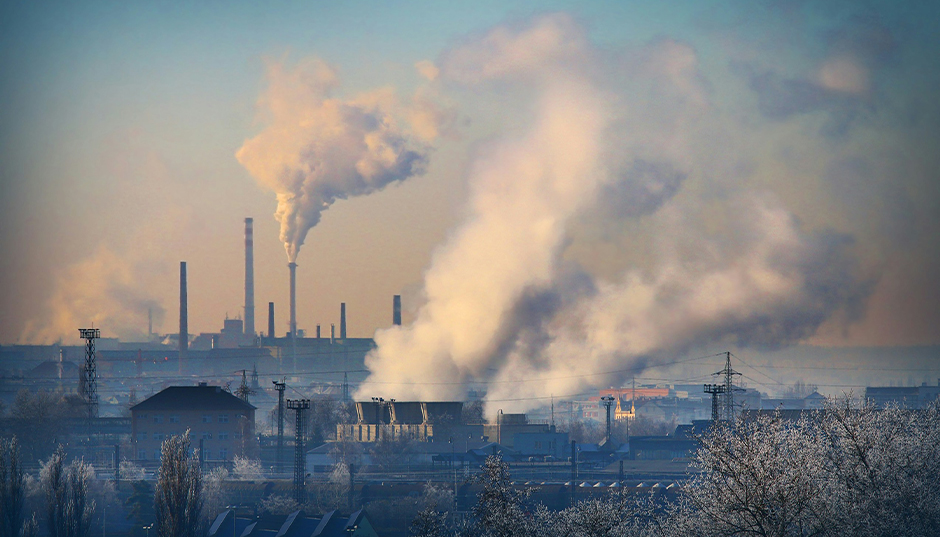
Greg De Temmerman, Chief Science Officer, Quadrature Climate Foundation
Climeworks recently opened its Mammoth direct air capture (DAC) plant. It is the world’s largest DAC plant and aims to remove 36,000 tons of CO2 from the atmosphere and sequester it. It will take until later this year for all 72 of its collectors to be operational. The Mammoth follows Climeworks’ ORCA plant which has been running since 2021.
But before I go further, I want to re-emphasise something: getting to net-zero implies carbon removal, as shown in the latest IPCC report. Indeed, Carbon Dioxide Removal (CDR) is the ‘net’ in net zero. We have to decrease emissions as fast and as much as possible while removing carbon from the atmosphere and storing it for as long as possible.
One can question how much CO2 we need to remove - as this is something which needs to be scaled from scratch and is going to be difficult. A new publication in Nature highlights the ‘CDR gap’ which describes that CDR efforts proposed by countries fall short of those in integrated assessment model scenarios that limit warming to 1.5 °C. The researchers in the Nature paper found that while many countries propose to expand land-based CO2 removals, none yet commit to substantively scaling novel methods such as bioenergy carbon capture and storage, biochar or direct air carbon capture and storage.
"Carbon Dioxide Removal" covers a wide range of techniques (some of them not high tech at all). Every technique has advantages and externalities, different readiness levels, different potentials for scale and different levels of durability. DAC is one possible way to do it, as Climeworks is showing, but it is necessary to explore all options to develop a portfolio approach.
DAC plant announcements are inevitably met with reactions such as: "this won't solve the climate crisis" or "this is a distraction”. These may be click-bait worthy perspectives, but my opinion is that they are not helping us to advance conversations about how, in practice, to solve our problems. The development of DAC has positive consequences on the thinking around measurement, reporting and verification (MRV) or carbon markets.
The use of CDR does not decrease the need to drive greenhouse gas emissions to near-zero. Annually, humans emit more than 37 billion tons of CO2 from fossil fuels and industrial processes alone. There is simply no way that much CO2 can be removed. And reducing emissions is almost always less expensive than removal. We need to do both things, and the quicker we reduce emissions, the more carbon we will be able to remove.
The Mammoth plant is just one step in the development of a new technology which will scale incrementally in size and effectiveness in years to come. Developing photovoltaic and wind power technologies took many decades too- remember the first electricity production from a wind turbine for direct use was in… 1888.
My view is that carbon removal is too important a topic to be dealt with binary discussions. But that’s probably true for all climate solutions.